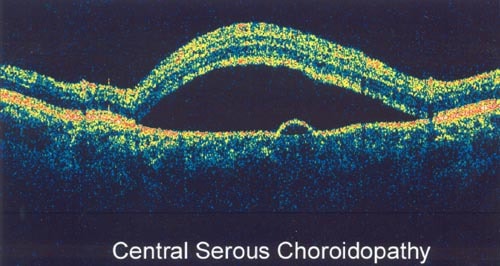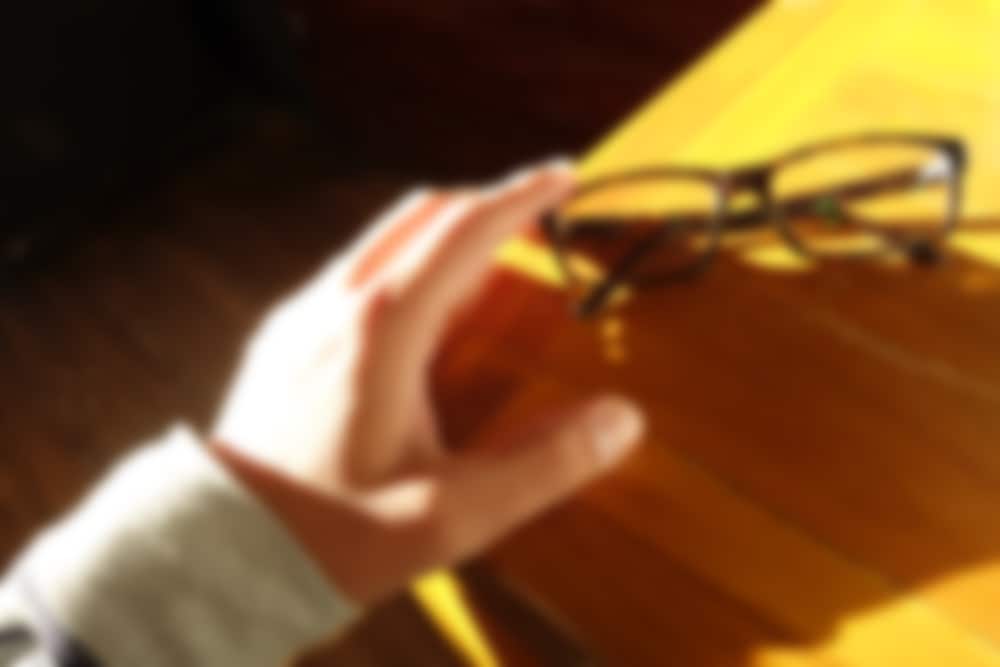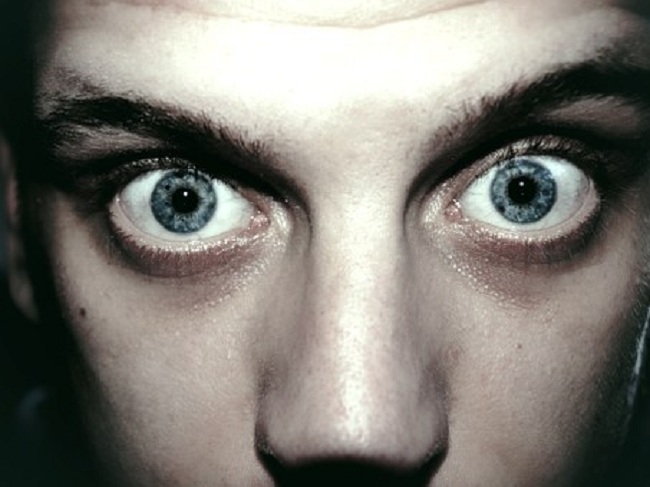Contents:
- Medical Video: Central serous retinopathy
- Overview of central serous chorioretinopathy (CSCR)
- What are the symptoms?
- There are two types of CSCR
- What causes blurry eyes next to the typical CSCR?
- What checks are needed?
- Is there a treatment that can treat CSCR?
Medical Video: Central serous retinopathy
In general, blurred eyes indicate you have general visual acuity problems - such as minus, plus, or cylindrical eyes - which can be corrected by using glasses or contact lenses. However, you should check with your doctor if your eyes are just blurry. An opaque eye condition is known as central serous chorioretinopathy (CSCR). The next blurred eye due to CSCR can indicate a serious underlying health problem.
Overview of central serous chorioretinopathy (CSCR)
Central serous chorioretinopathy (CSCR) is a visual impairment due to leakage of fluid from the tissue layer under the retina, called choroid, which then seeps and accumulates in the retinal layer. Central serous chorioretinopathy is also commonly referred to as central serous choroidopathy. In Indonesian, CSCR is called central serous retinopathy.

Fluid that builds up in the retinal lining causes visual disturbances in the form of changes in the shape of the object that is supposed to be seen.
What are the symptoms?
CSCR usually only makes the eyes blurry next. Other symptoms that can accompany are:
- The area is black right in the center of vision
- A straight line that looks crooked, wavy
- The object looks smaller than the original size
- Objects become more visible from the actual distance
- White objects look yellowish
There are two types of CSCR
The next opaque eye due to CSCR is divided into two types, namely acute and chronic.
Acute CSCR is more common in middle-aged men (20–50 years). This type of opaque eye disorder is temporary and sudden. Acute CSCR can usually heal itself when the liquid is finally reabsorbed within 2–6 months. If this acute phase occurs repeatedly, it can develop into a chronic CSCR with more obvious symptoms of visual impairment.
In the chronic phase, fluid buildup lasts more than 6 months and cannot be absorbed again without treatment. Besides the opaque side, the eye side that is affected by CSCR can also lose its overall vision (side blindness) if fluid buildup is located in the macular area (the structure in the eye which contains many stem and cone cells).
What causes blurry eyes next to the typical CSCR?
The exact cause of CSCR is unknown, but there are some things that are suspected of contributing to the cause:
- Genetics aka congenital eye abnormalities. At least 50% of CSCR sufferers have families that also suffer from the same thing.
- High blood pressure (hypertension) can increase your risk of experiencing opaque eyes due to CSCR up to 2.2 times.
- Use of corticosteroids (dexamethasone, methylprednisolone, etc.).
- Characteristics and attitude competitive, aggressive, and temperamental
- Sleep disturbanceincrease the risk of CSCR by 22%.
What checks are needed?
Examination will begin with giving eye drops that function to raise pupils so that the retina can be clearly seen. Next, the doctor will do an examination using an ophthalmoscope to see the condition of your retina. Other tests that can also be done are fluorocene angiography examination and examination optical coherence tomography (OCT).
Fluorocene angiography is performed by injecting a contrast agent into a vein and then a retinal photo is taken when the contrast agent is through the retinal vein. While the OCT examination is done by scanning the retinal thickness.
Is there a treatment that can treat CSCR?
Treatment of opaque eyes depends on which CSCR phase you are suffering from.
The acute phase can heal itself over time until the liquid is reabsorbed by the body, while the chronic phase can be treated with laser photocoagulation, anti-VEGF injections (bevacizumab), to drinking drugs (acetazolamide, aspirin, spironolactone).












